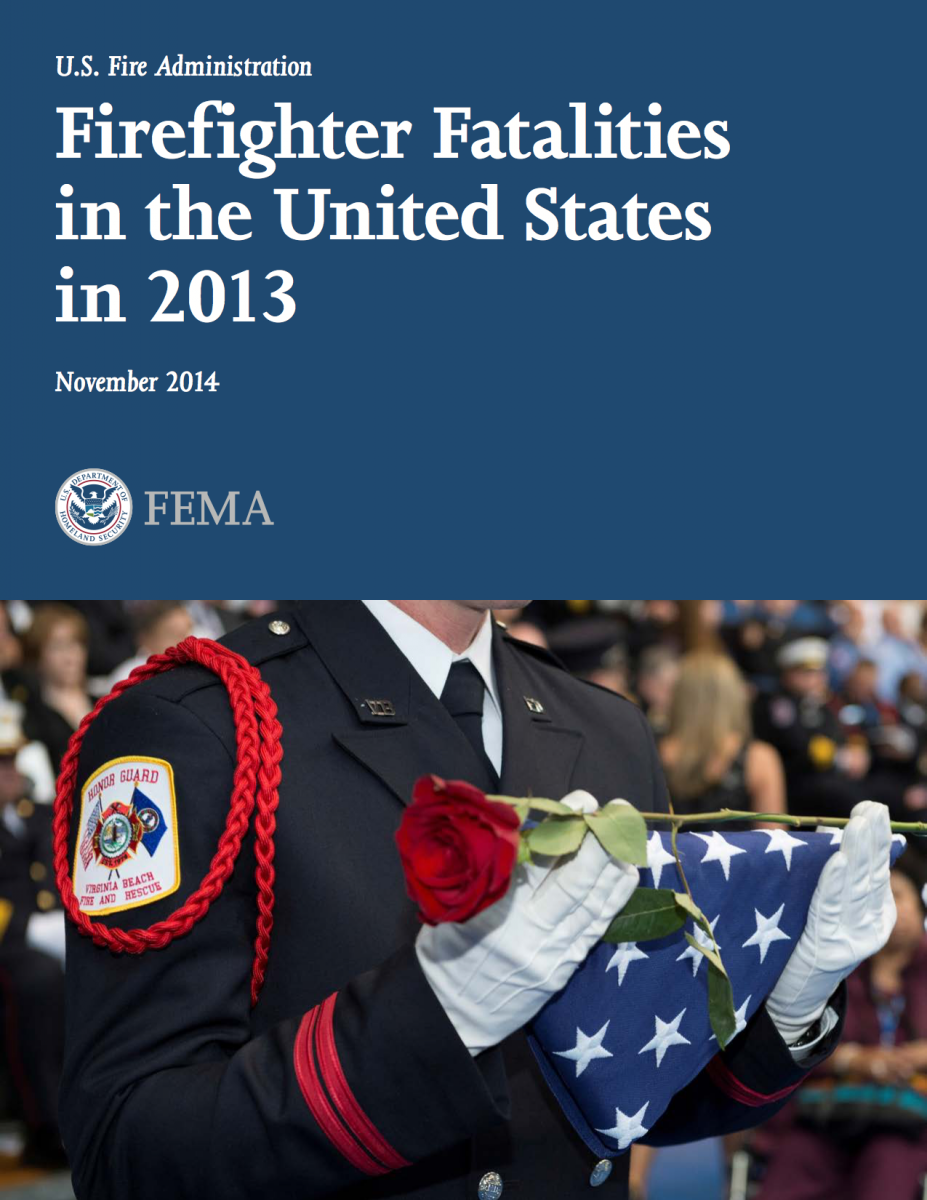
Emergency service vehicle crashes (ESVC) and being struck by vehicles are the second leading cause of U.S. firefighter fatalities, accounting for 390 deaths since 1994 and an estimated 26,295 injuries from 1990 to 2012 . There were an estimated 15,050 ESVCs in the U.S. in 2012, with a large proportion involving civilian vehicles. Contributing factors for ESVCs may include insufficient training, aggressive driving and inadequate standard operating procedures (SOPs). Proactive risk management is an internationally applied method to reduce fatalities and injuries; these can be tailored to hazards unique to each fire department.
The goal of this project was to test the effectiveness of proactive risk management strategies to improve vehicle operations and reduce ESVCs among a set of three fire departments: a major metropolitan urban primarily career department, suburban combination fire department, and rural volunteer department.
Specific Aims
#1. Evaluate risks and hazards and design and implement interventions to reduce emergency service vehicle crashes
Each fire department followed a proactive risk management process to: scope vehicle operation tasks, events, and systems; carry out risk assessment including hazard identification, risk analysis, and risk characterization; and identify and implement training, administrative and/or engineering controls. This included integration of vehicle data recorder (VDR) data as an aide to training and program evaluation, and estimation of the economic return for assisting in selection of intervention components. A case-control study was used to identify VDR driving patterns associated with ESVCs to target high-risk behaviors and inform evaluation metrics for Aim 2. Training programs were revised based on VDR collected data.
#2. Measure our program effectiveness and economic return on investment
ESVC rates pre- and post-intervention were to be compared using standard epidemiologic approaches. National Fire Protection Association (NFPA) survey data from other fire departments were to be used to establish concurrent controls. Process evaluations were to be conducted to determine change in knowledge of the program components and change in behavior among firefighters from each department, including driving patterns measured by VDRs (e.g. high speed maneuvers, activation of the anti-lock braking system (ABS), excessive acceleration/deceleration, etc.), as well as key facilitators and barriers of program implementation and the risk management process. Direct costs were to be measured and indirect costs estimated; both measures were to be used to determine economic return on investment.
#3. Develop and disseminate guidance materials for vehicle-related interventions
A Project Technical Panel from the Fire Protection Research Foundation (FPRF) was established to inform the process and review all program deliverables, including development of training materials, vehicle operation-related model SOPs and technical/summary reports. All components were to be shared through an interactive website and academic and trade presentations and publications to assist other fire departments interested in developing similar programs.
Impact
Based on results reported from past risk management and ESVC reduction programs in the fire service and other industries, we anticipated that the implemented interventions would reduce ESVCs by 35-50% in our partner fire departments.
